SAVING OUR OCEANS: EDUCATION & CONSERVATION.
How I am Lowering My Carbon Footprint on Planet Earth.

Introduction.
Beautiful and majestic, beaches have long since been the beacon of hope for castaways, prisoners of war, and the seasick; and, its oceans have served as the settings for epic battles, mythological tales, folklore, and stories of a particular pirate or a pirate’s journey, as well as historical events that took place long ago, like the Voyage of Christopher Columbus to the New World and the Transatlantic Slave Trade. They also serve as a home for the many creatures living in it, like the shark, the dolphin, the whale, and even the crab; and because, the oceans serve as a medium for both man, animal, amphibian, and porifera, we as global citizens must do our part to keep our carbon blueprint down in order to preserve the very nature and purpose of our grand natural waterways for generations to come.
The History.
But before we do, let us get a better understanding of how important our oceans are to our survival, to the human experience, and to nature itself. We must learn how it all began.
Scientists believe that the Earth’s oceans are estimated to have been formed approximately 4 billion years ago, during the Hadean eon. This epoch is characterized by Earth’s initial formation which was formed by the gradual accumulation of dust particles, gases, the frequent collisions of clusters of minute planets, and by the stabilization of its core and crust.
Ocean Trivia.
Oceans are enormous bodies of water that collectively cover 71% of our planet’s surface, thus, making up 97% of the Earth’s hydrosphere, which is the combined mass of water on the planet. To paint an even larger picture of how vast the Earth’s bodies of water are, the total volume of all the oceans is more than 320 million cubic miles (1.1 trillion gallons = 1 cubic mile of water) meaning that they contain over 352 sextillion gallons of water.

Out of the 20% of the planet’s oceans that have been explored, there are at least 230,000 species whose homes abide in the ocean as well as on the ocean floor. And as one may already know, there are five major oceans on this planet: The Pacific Ocean which is the largest ocean in the world by providing 50.1% of all the ocean water, the Atlantic Ocean is the second largest providing 23.3% of the ocean water, the Indian Ocean comes in third by providing 19.8%, the Southern Ocean is fifth with 5.4% of all ocean water and the Arctic Ocean provides only 1.4% of what’s left to be counted of all the ocean water in the globe.
The Ocean’s Purpose.
According to the National Ocean Service (https://oceanservice.noaa.gov/), the world’s oceans serve many purposes and provide many benefits to the ecosystem and its inhabitants. Here are a few things the ocean does for humans and the planet:
1. Climate Regulation - The oceans play an important role in the climate conditions of our planet. The currents of the oceans transfer warm water from the tropical regions into the polar regions. This transportation of heat from the equator to the poles, regulates our climate and weather patterns. Climate Change has been a serious environmental challenge facing the entire world and caused leaders all over the world to come together to battle this crisis. Below is a press release from the OITA, The Office of International and Tribal Affairs regarding ocean depletion, climate change, and the EPA Administrator's endorsement of the G7 Climate and Environment Ministers Statement:
News Releases from Headquarters› International and Tribal Affairs (OITA)
EPA Administrator Regan Presses for Action on Climate and Environmental Justice at G7 Environment Ministers Meeting
05/21/2021
Contact Information:
EPA Press Office ([email protected])
WASHINGTON (May 21, 2021) — As part of President Biden’s commitments to multilateralism and action on the climate crisis, the United States Environmental Protection Agency (EPA) Administrator Michael S. Regan, together with Special Presidential Envoy for Climate John Kerry, wrapped up substantial discussions with G7 Climate and Environment Ministers today, hosted virtually by the United Kingdom. Building on President Biden’s Earth Day Leaders Summit on Climate, the G7 Ministers committed to a series of actions to reduce greenhouse gas pollution that also support economic opportunities and advance environmental justice.
“I’m proud to endorse the G7 Climate and Environment Ministers Statement, which includes concrete steps to combat the urgent threat of the climate crisis while lifting up vulnerable communities across the world,” said EPA Administrator Michael S. Regan. “Our actions to address food waste and loss are reducing hunger in the United States while also reducing climate pollution. This is one of many ways the U.S. will continue to lead on today’s critical environmental challenges, while reaching out and sharing best practices with countries around the world.”
The G7 Alliance on Resource Efficiency Food Loss and Waste Case Studies provide guidance and best practices for reducing lost and wasted food which account for an estimated 8% of global greenhouse gas emissions at a time of increasing food insecurity in the U.S. and globally.
In endorsing the Ocean Navigation Plan, the United States and our G7 partners reinforced that the need to conserve our oceans has never been more urgent, and that our decisions will be led by science. The Ocean Navigation Plan will guide scientific cooperation on ocean science as our oceans warm due to climate change.
The G7 Climate and Environment Ministers also established an expert group, supported by the International Community of Zoonosis, which will bring together the world’s scientific leaders in zoonotic and emerging diseases, biodiversity loss, health, environment, and food safety to improve the global response to COVID-19 and zoonotic diseases.
Administrator Regan will meet again in July with Environment Ministers during the G20 Climate and Environment Ministers meeting hosted by Italy.
Contact Us to ask a question, provide feedback, or report a problem.
2. The Air We Breathe - The ocean produces over half of the world's oxygen and absorbs 50 times more carbon dioxide than our atmosphere. This means that if we lost our oceans, meaning if they all dried up, we would not survive and the accumulation of carbon and hydrogen molecules in the air would make the Earth hotter, causing Earth to be a desert.
3. Transportation - 76% percent of all U.S. trade involves some form of marine transportation.
4. Recreation - From fishing to boating to kayaking and whale watching, the ocean provides us with many unique activities.
5. Economic Benefits - The U.S. ocean economy produces approximately $282 billion per year in goods and services and ocean-dependent businesses employ almost 3 million people around the world.
6. Food - Many of the foods and products found in our local grocery store contain ingredients from the ocean. For example, peanut butter and toothpaste both contain Carrageenan. Carrageenan is a generic term for compounds extracted from species of red algae. Boiling the algae extracts the carrageenan, which in turn is used to make peanut butter more spreadable. Carrageenan also gives toothpaste its consistency and is used in other cosmetics, pharmaceuticals, and industrial products.
7. Medicine - There are many medicinal products that come from the ocean, used to help fight human diseases like cancer, arthritis, Alzheimer's disease, and heart disease. To name a few:
• Ecteinascidin is extracted from tunicates being tested in humans for treatment of breast and ovarian cancers and other solid tumors.

• Discodermalide is extracted from deep-sea sponges belonging to the genus Discodermia which is an anti-tumor agent.
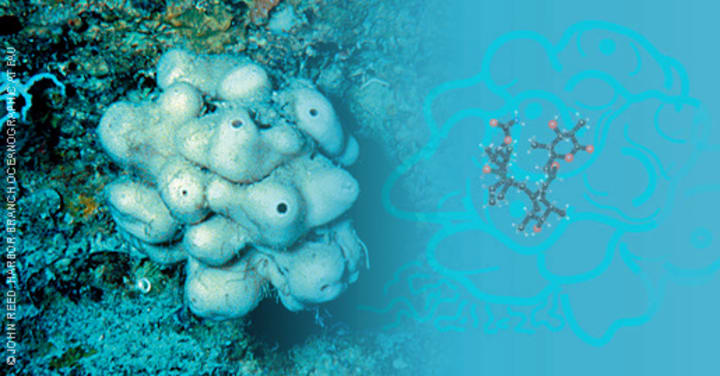
• Bryostatin is extracted from the bryozoan, Bugula neritina, a potential treatment for leukemia and melanoma.

• Pseudopterosin is extracted from the Octocoral, Whip Coral, Whip Gorgonian, White Sea Whip, Wire Coral, or plainly called the Sea Whip. Its scientific name is the Pseudopterogorgia elisabethae, which is an anti-inflammatory and analgesic agent that reduces swelling and skin irritation and accelerates wound healing.

• W-conotoxin MVIIA is extracted from the cone snail, Conus magnus, and is a potent pain-killer.

Climate and Environmental Justice.
So, what can we do, as global citizens to reduce our own carbon footprint (carbon emissions)? I for one have already started doing my part to better the world’s environment. Here are 10 things I have done to reduce my carbon footprint in America:
1. I PUT MY MONEY WHERE MY MOUTH IS, BY TURNING EVERY ACTION INTO A POSITIVE ACTION.

A. By joining Aspiration.com - where every time you swipe your debit card, they plant a tree. You as well as millions of others will reforest the planet and thus reduce the carbon load by 80% by 2050. They will also automatically offset the carbon dioxide from every gallon of gas you purchase.

B. Acorns.com – just released a new program called the Acorns Sustainable Portfolios which are made of funds that have been selected based on their environmental, social and governance business practices, or their ESG rating (www.blackrock.com).

2. I WASH MY CLOTHES IN COLD WATER.
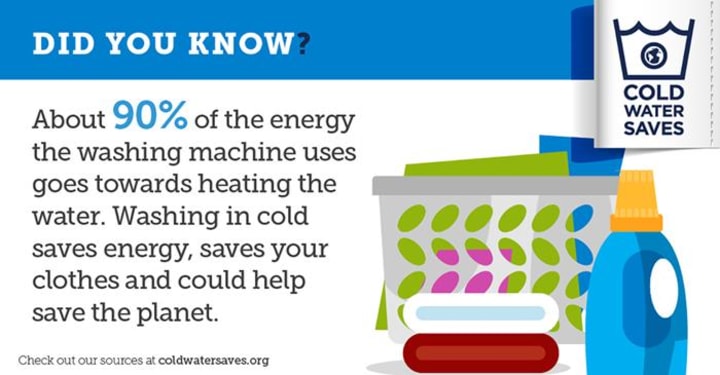
About 90% of the energy the washing machine uses goes towards heating the water. Washing in cold saves energy, saves your clothes and could help save the planet.
Resource: (www.coldwater.org).
3. I USE REUSABLE WATER BOTTLES.

Using reusable water bottles reduces the amount of waste we eliminate, are most cost effective, last longer than disposable water bottles and are safer for the environment.
4. I COMPOST.
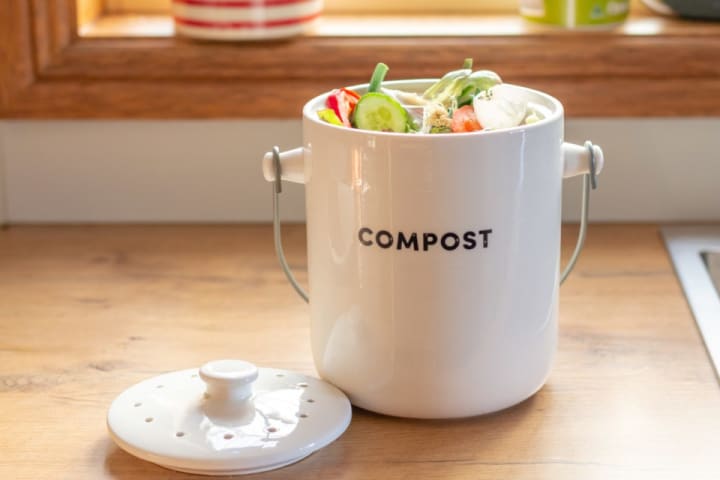
Not only does composting reduce the methane emissions in the atmosphere, while lowering our carbon footprint. It also enriches the soil, helping it to retain its moisture as well as decreasing the chances for disease in plants and pests. Composting also reduces the need for chemical fertilizers; and, encourages the production of good bacteria and good fungi, that help to break down organic matter in the soil, to create a substance called, humus, which is a rich nutrient – filled material that makes the soil more fertile.
Resource: (https://www.epa.gov/recycle/composting-home).
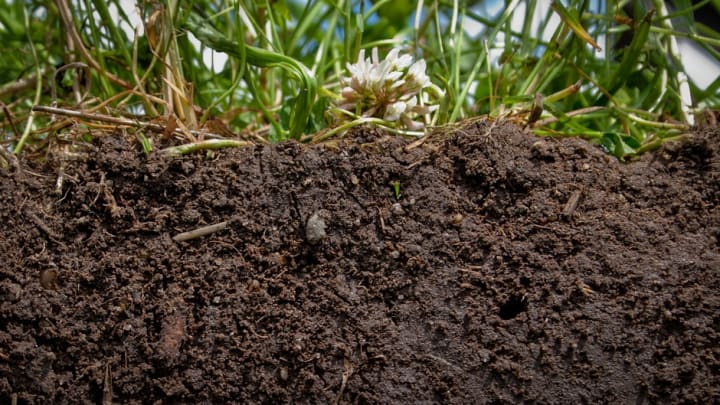
5. I GARDEN.

Gardening is one activity that promotes both human health, plant and soil health, and the health of the ecosystem. Consider it an all-in-one healthcare benefits plan. For starters, it exposes us to vitamin D due to having to be outside while planting your garden. Vitamin d boosts the immune system in a way that suppresses oxidation in the blood that initiates cancer – causing agents in the blood. Scientific research (according to the National Library of Medicine, https://pubmed.ncbi.nlm.nih.gov/16411871/) shows that gardening to can lower the risk for dementia in elderly populations, as well as boost the mood. It is a great form of aerobic exercise and through community gardens, it can help combat loneliness, by being a fun way to engage with others while providing aesthetic and communal benefits to neighborhoods (i.e., church gardens).
Environmentally, gardening promotes the cleaning of the air and ground through the plants that grow in the soil. A study from the scientists at NASA, Pennsylvania State University and the University of Georgia et al. suggest that plants are adept at absorbing gases through the pores on the surface of their leaves. It is this ability that facilitates photosynthesis, the process by which a plant converts light energy and carbon dioxide into chemical energy to fuel plant growth. Plants are not only capable of absorbing carbon dioxide but also volatile organic compounds also known as VOC’s. VOCs are harmful compounds such as:
1) Benzene – found in some plastics, fabrics, pesticides, and cigarette smoke.

2) Formaldehyde – found in cosmetics, dish detergent, fabric softener, and carpet cleaner.
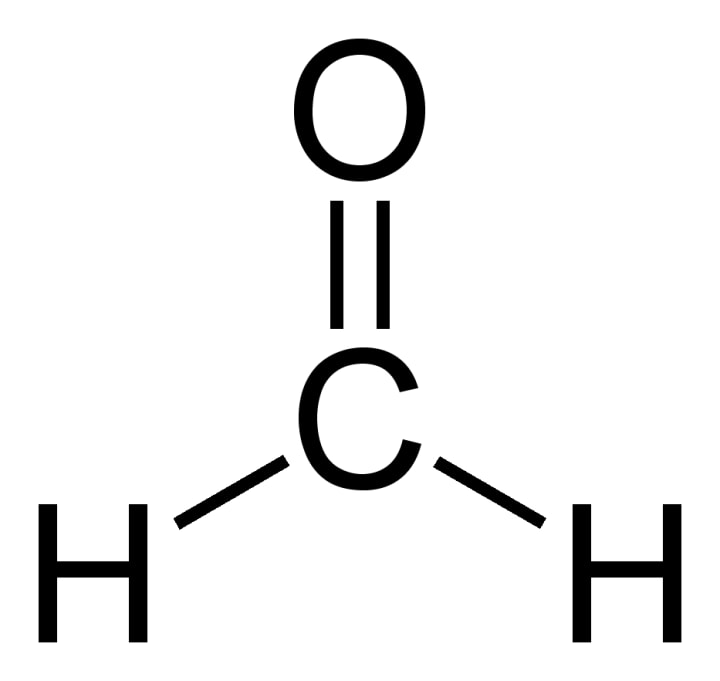
A plant's ability to remove these harmful compounds from the air is an example of phytoremediation. which is the use of any plant to mitigate pollution in air, soil or water. Indoor plants remove pollutants from the air by absorbing these gases through their leaves and roots. The microorganisms that live in the soil of potted plants also play an instrumental role in neutralizing VOCs and other pollutants.
While most leafy plants are adept at purifying indoor air, some of the plants that scientists have found most useful in removing VOCs include Japanese royal ferns, spider plants, Boston ferns, purple waffle plants, English ivy, areca palms, golden pothos, aloe vera, snake plants and peace lilies.
Resource: (https://www.livescience.com/38445-indoor-plants-clean-air.html).
6. I WALK, RUN, AND CYCLE.

Walking, running, and cycling are all exercises that promote cardio vascular health, but it is also a way to reduce carbon emissions by reducing the number of gallons of gas we use in our vehicles every day.
7. RECYCLE.
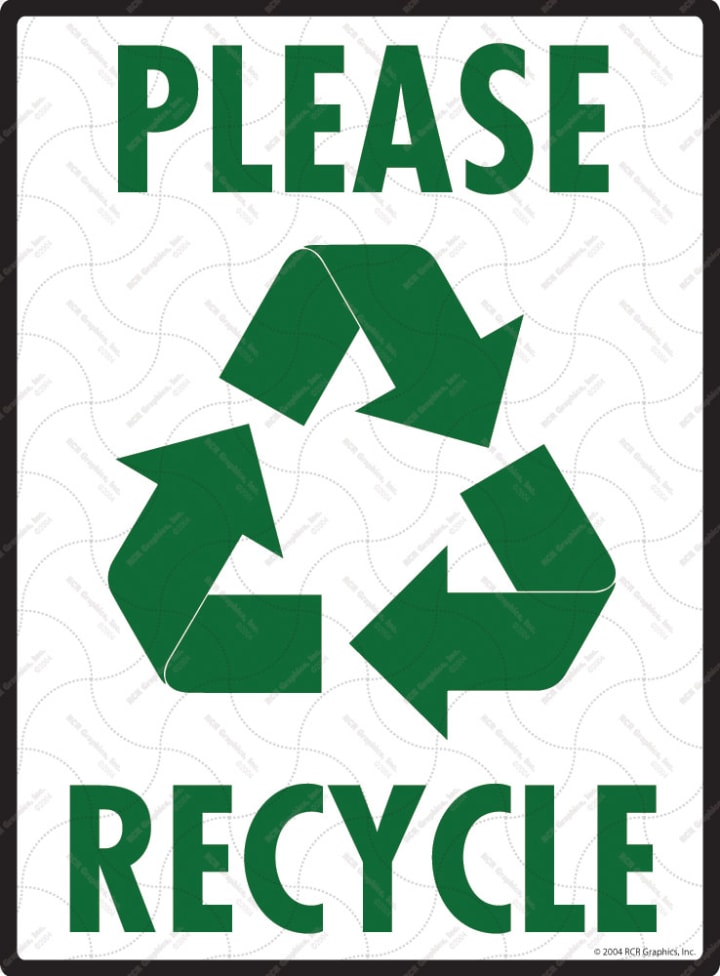
Recycling is the act of converting waste into new and useful material. In 1884, France was the first country to initiate the very first curbside recycling program. There are many benefits to recycling. Here’s how recycling will help lessen the consumption of natural resources and carbon emissions:
A. The forests will last longer - We all know that planting trees aids in forest conservation. Therefore, recycling paper, cartons, and any product that comes from trees, will prevent more trees from being cut down.
B. Less need for mining ores - Mining is only in limited amounts and isn’t sustainable as planting trees or fruits in the garden. Therefore, recycling metals will help reduce the need for mining ores and depleting the world’s resources.
C. Fewer plastics in dumpsites – A common problem that many countries face is the lack of dumpsites to take care of their trash; and because, plastic isn’t biodegradable it is a major problem not only for humans but for wildlife and the ecosystem. If you conserve the plastic, you currently have, companies won’t have to produce as much.
D. Slows down fossil fuel consumption – According to the National Geographic, fossil fuel comes from the Earth’s crust and contains carbon and hydrogen, which can be burned for energy. Coal, oil, and natural gas are examples of fossil fuels. Coal is a material usually found in sedimentary rock deposits where rock and dead plants and animal matter are piled up in layers, so they’re not sustainable, just like mining ores. If you don’t keep buying items for a while and recycle what you have, companies don’t have to expend power through the usage of fossil fuels. When less fossil fuel is consumed, they’re conserved for future use. Also, less fossil fuel burning means less greenhouse effect, which also means less global warming.
Resource: (www.nationalgeographic.org/encyclopedia/fossil-fuels/).
E. Conserving wildlife and ecosystems - When you recycle products, you’re saving resources and preventing increased consumption of products. Meaning that you don’t need to constantly wait to harvest certain plants or resources because you’ve conserved on your raw materials. For instance, when you recycle paper, you’re reducing the demand for more trees to be cut down for manufacturing. This will allow for more time for trees to grow and mature before being cut down for its content.
F. Less dependence on raw material production - Recycling materials reduce the need to gather raw materials. Such raw materials are usually obtained from forests and rivers. People and animals that live in these areas won’t have to worry about being displaced. Without having to harvest and gather raw materials from the wilderness, we’re saving communities in remote areas that are living peacefully.
G. Lower energy costs - When we talk about raw materials and production, we’re also counting on the energy costs. If companies don’t manufacture a lot of products due to the recycling efforts of the masses, that’s an opportunity for them to cut down on electricity costs.
While it does cost for some machinery and methods to make recycled paper, it’s still a tad cheaper versus creating all-new paper from virgin wood.
Companies that produce steel and aluminum will save more electricity if they grab recycled resources, contrary to creating from scratch. About 40 to 70% of energy will be saved depending on the process and the material, so don’t hesitate to send your unused junk to a local recycling facility!
H. Cutting down waste disposal costs - When you recycle, you throw away less garbage and the dumpsites have less problems. They won’t have to pick up the trash too often, cleaning would be easier for street sweepers, and maintaining the dumpsite won’t have to be too costly.
Aside from items, recycling food has many benefits as well. If you choose to cook leftovers differently the next day or use them as backyard fertilizer, this puts less pressure not just on farmers in the agricultural sector but also on the garbage collection facilities, especially if your country or state suffers from excessive food waste problems.
I. Recycling opens job opportunities - If a company goes with recycling processes, they’ll have to hire manpower, which, in turn, creates more job opportunities. Even if you’re just a machine operator of a setup that turns used paper into recycled paper, you’re doing your part for the environment while also earning a living.
J. Reducing emissions - Greenhouse gases and carbon dioxide emissions are the main cause of global warming, which creates a distressful environment for humans, animals, plants, and everything else in this world. That’s why many countries and companies have resorted to lowering their carbon emissions.
Recycling prompts factories to produce fewer products. When you manufacture fewer products, you’ll spend less energy and thus, also limit your carbon emissions to a safe level. As recycling also lessens the waste thrown into dumpsites, fewer harmful chemicals get released into the air, thereby keeping our ozone layer safe.
Incinerating products that are no longer useful is also becoming less of a practice today due to their harmful effects on the ozone layer. If your garbage gets recycled, it won’t have to be burned down too quickly. This is especially true for products made from plastic because when they get incinerated, they’ll emit fumes that aren’t too friendly towards the environment.
K. Lower the price of raw materials - If you find yourself stuck in a budgeting crisis, recycling is a possible solution to your problems. When companies use recycled materials, they cut down on costs, thereby reducing the price of the product, which, in turn, becomes consumer-friendly, especially if you’re budget-conscious.
Items that are made from sustainable packaging, such as recycled paper, are also better sought-after in today’s market due to being environmentally-conscious, so why not try them out? By supporting sustainable packaging, you’re helping a company conserve raw materials.
Resource: (https://www.deep-ecology.org/benefits-of-recycling/).
8. I USE REAL DISHES AND NOT DISPOSABLE PAPER PLATES AND CUPS.

Using real dishes decreases the amount of waste produced per household every year, thus contributing to lowering the total carbon load on Earth annually.
9. ENERGY CONSERVATION.
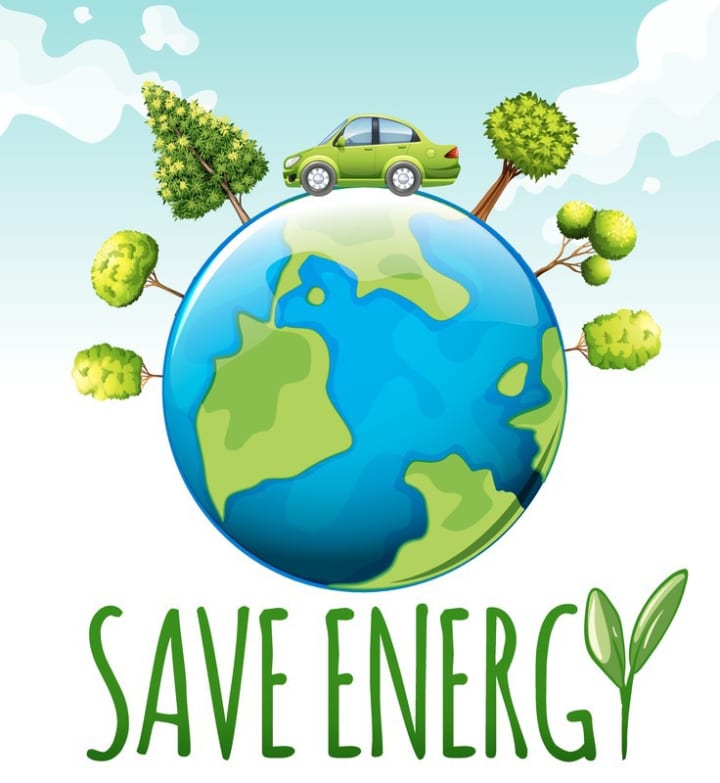
Energy conservation is a vital part of environmental justice. Energy conservation is the effort made to reduce the consumption of energy by using less of an energy service. This can be achieved either by using energy more efficiently (using less energy for a constant service) or by reducing the amount of service used (for example, by driving less). Energy conservation is a part of the concept of Eco-sufficiency. Eco-sufficiency, or simply sufficiency, refers to the concept or strategy to reduce the environmental footprint of modern societies.
Energy conservation measures (ECMs) in buildings reduce the need for energy services and can result in increased environmental quality, national security, personal financial security and higher savings. It is at the top of the sustainable energy hierarchy, and also lowers energy costs by preventing future resource depletion.
A. TURN THE LIGHTS OFF IN EVERY ROOM NOT BEING USED – By doing this you lower energy usage if you’re not using them, turn them off. They’re the least efficient light and 90% of the energy they use is heat. Turning them off will also help cool a room in summer, which could potentially affect other energy costs as well, such as air conditioning.
Resource: (https://blog.constellation.com/2016/07/12/electricity-conservation-tips-flowchart/#:~:text=If%20you%E2%80%99re%20not%20using%20them%2C%20turn%20them%20off.,also%20be%20turned%20off%20when%20not%20in%20use.).
B. UNPLUG ELECTRONIC DEVICES AND APPLIANCES NOT BEING USED TO SAVE ENERGY.
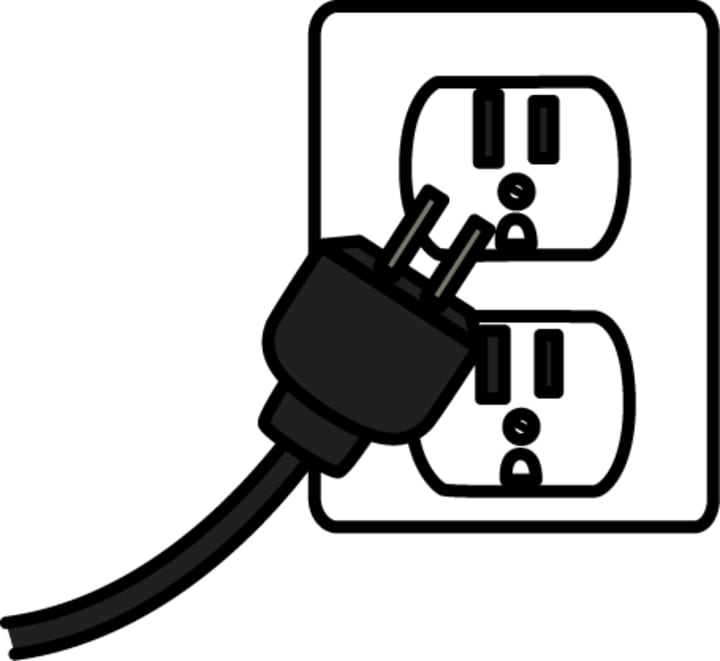
C. TURN OFF FIXTURES NOT BEING USED IN ROOMS TO SAVE ENERGY.

D. STAY IN THE DARK TO SAVE ENERGY.

10. I CONTRIBUTE TO MATT DAMON’S NON-PROFIT ORGANIZATION, WATER.ORG TO AID THE FIGHT FOR CLEAN & SUSTAINABLE WATER.
Water conservation includes all the policies, strategies and activities to sustainably manage the natural resource of fresh water, to protect the hydrosphere, and to meet the current and future human demand. Population, household size and growth and affluence all affect how much water is used. Factors such as climate change have increased pressures on natural water resources especially in manufacturing and agricultural irrigation. Many countries have already implemented policies aimed at water conservation, with much success.
The goals of water conservation efforts include:
• Ensuring the availability of water for future generations where the withdrawal of freshwater from an ecosystem does not exceed its natural replacement rate.
• Energy conservation as water pumping, delivery and wastewater treatment facilities consume a significant amount of energy. In some regions of the world over 15% of total electricity consumption is devoted to water management.
• Habitat conservation where minimizing human water usage helps to preserve freshwater habitats for local wildlife and migrating waterfowl, but also water quality.
Resource: (www.wikipedia.com).
Resource: (www.water.org).
Here are more ways to conserve water by minimizing water usage:
A. Shorten shower times to 5-10 minutes per day and minimize bath water to just less than 10 gallons per day; and, according to www.greenandgrowing.org while a bath generally requires at least 20 gallons of water, if you take a shower every day for one year and use 10 gallons of water each time, you will use 3,650 gallons of water per year versus 7,300 gallons annually if you take a bath every day.
Resources: (https://www.greenandgrowing.org/taking-bath-shower-uses-less-water/).
B. Every household should minimize their total water usage – According to U.S. Geological Survey, estimates vary, but, on average, each person uses about 80-100 gallons of water per day, for indoor home usage. Did you know that the largest use of household water is to flush the toilet, and after that, to take showers and baths? That is why, in these days of water conservation, we are starting to see toilets and showers that use less water than ever before.
Resource: (www.usgs.gov).

C. Rough-It! Skip some baths and showers to save energy.

Conclusion.
To save the world from the environmental damage caused by centuries of misinformation and ignorance, the problem cannot be resolved by just one man alone. This is a cause requiring a collective effort from all citizens of planet Earth. There are many non-profit organizations that one can be a part of in order to exact change for the highest good. Our oceans play a great role in keeping the balance between life and death. Let us choose life.
TO SUPPORT MATT DAMON WITH HIS EFFORTS TO PROVIDE CLEAN WATER FOR BILLIONS OF SOULS GO TO WWW.BRAVEBLUE.WORLD.
About the Creator
Princess Rev. Nnedi Iwuchukwu, M.Msc., LMT, LMI, MMP, Yogi
Rev. Nnedi, is an ordained minister, licensed celebrity medical massage practitioner, instructor, dream interpreter, entrepreneur and is Roman Catholic. A PORTION OF THE TIPS AND SUBSCRIPTIONS RECEIVED, WILL BE DONATED TO VARIOUS CHARITES.
Enjoyed the story? Support the Creator.
Subscribe for free to receive all their stories in your feed. You could also pledge your support or give them a one-off tip, letting them know you appreciate their work.




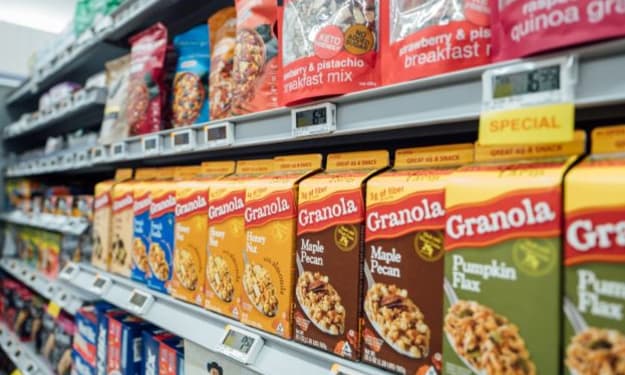

Comments
There are no comments for this story
Be the first to respond and start the conversation.